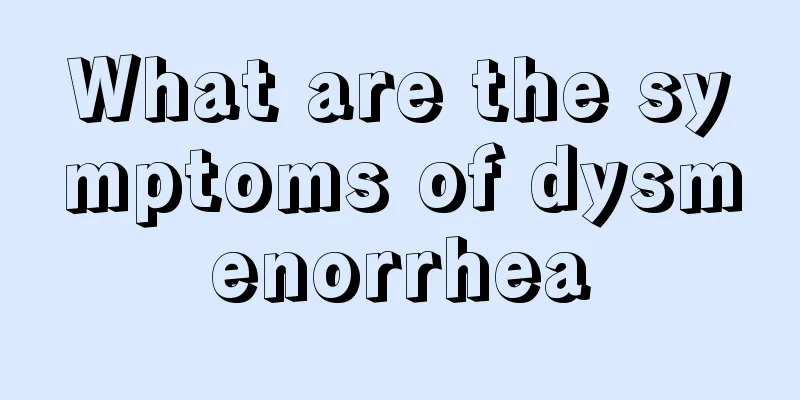Female body structure

|
The female human body is composed of many human organs that are closely related in structure and function, and perform certain special physiological activities with each other, which constitute the human anatomical system. There are nine major systems in the body, namely the musculoskeletal system, digestive tract, respiratory tract, urogenital system, urinary system, endocrine system, vascular system, central nervous system, and sensory organs. Together, these systems form a detailed diagram of the human body. 1. The basic unit of human anatomy is the somatic cell. There is a substance with a non-cell membrane structure in the middle of the somatic cell, which is called the intercellular matrix. The structure of the cell membrane can be divided into three parts: cytoplasm, nucleus and cytoplasm. Epithelial cell tissue is divided into three categories: covering epithelial cells, glandular epithelium, and sensory epithelial cells. 2. It can be divided into three parts: cytoplasm, nucleus and cytoplasm. The cytoplasm is mainly composed of proteins, long-chain fatty acids and glycogen, which has the function of protecting cells, maintaining the stability of the interior of cells, and controlling the exchange of substances inside and outside cells. The cell nucleus is the center of cell metabolism and is mainly composed of water, protein, DNA, enzymes, electrolyte solutions, etc. Various cell structures also float in the cell nucleus. The key cell structures include membrane proteins, endoplasmic reticulum, lysosomes, centrosomes, etc. The cytoplasm is lined by the nuclear membrane and contains the nucleolus and chromatin. Chromatin contains nucleotides and proteins. Nucleotides are substances that control biological heredity. 3. Epithelial tissue is the basic tissue of small animals composed of clustered and arranged squamous epithelial cells and a small amount of intercellular matrix. Generally, they are connected to each other in the form of emulsions, covering the human epidermis, or lining the cavity surface of hollow organs in the body, as well as the cavity surface of renal tubules. According to the characteristics of function and structure, epithelial cell tissue can be divided into three categories: covering epithelial cells, glandular epithelium, and sensory epithelial cells. Among them, the covering epithelial cells are generally referred to as epithelial cell tissue and are the most widely distributed. 4. The nervous system is composed of neurons and glial cells, and has a high degree of autonomic nervous system and conductivity. Nerve cells consist of a cell body, dendrites, and axon. Dendrites are shorter and branch out like tree branches. Their function is to transmit desires to the cell body; the axon is longer, and its tail end is the peripheral nerve. Its function is to transmit desires from the cell body to the outside. 5. Digestive tract, central nervous system, motor system, endocrine system, urogenital system, urinary system, respiratory system, respiratory tract, human immune system. |
<<: Causes of upper body obesity in women
>>: Detailed diagram of female body structure
Recommend
What are the symptoms of cervical cysts?
Many women do not pay much attention to their phy...
What should I do if my vulva is itchy and the skin is broken?
The female vulva is as delicate as the skin of th...
What is the chance of pregnancy with an IUD?
The purpose of wearing an IUD is to prevent pregn...
What is the water under a woman called?
During sexual intercourse, women will continuousl...
Can transplanting bacteria help you lose weight? The first human trial proves that if you want to lose weight, you can use some slimming bacteria
Recently, the first randomized, double-blind, pla...
Ears turn blue, eyes turn brown, cheeks turn blue, it turns out this is the rare "black urine disease"
After dinner, Dr. Zhang started his daily “mobile...
What kind of cosmetics are good for a 10-year-old woman?
You have to take care of yourself at the age of 3...
Can people with scoliosis have children?
In life, scoliosis is a type of orthopedic diseas...
Sitting for a long time is harmful to health. Will standing for a long time be better?
If you usually pay attention to health-related in...
Is it good to drink more water during menstruation?
During menstruation, you should try to keep your ...
comScore: Google+ had 67 million global visitors in November 2011
The latest data released by comScore on January 5...
Does taking medication during ovulation affect pregnancy?
If a couple wants the woman to get pregnant quick...
Woman with joint pain
The reason why women experience joint pain all ov...
What are the signs of an induced labor?
Pregnancy itself is hard, and no one wants to ind...
Brown menstrual blood causes and treatments
The incidence of brown menstrual blood cannot be ...









